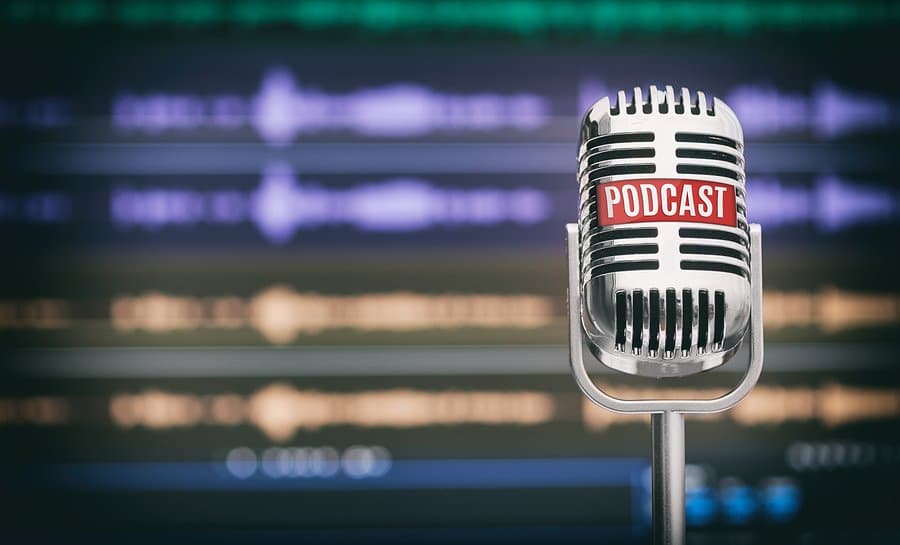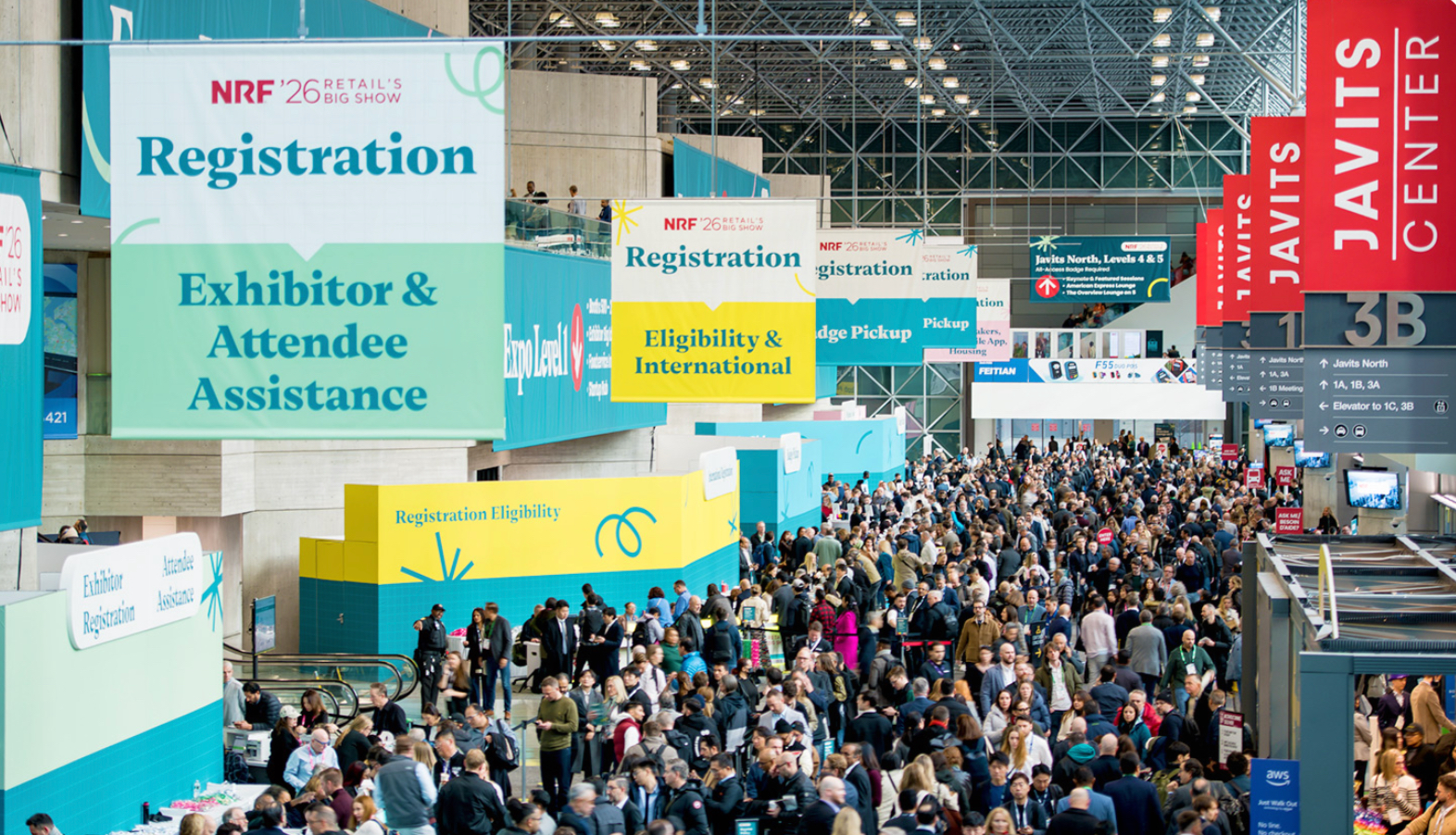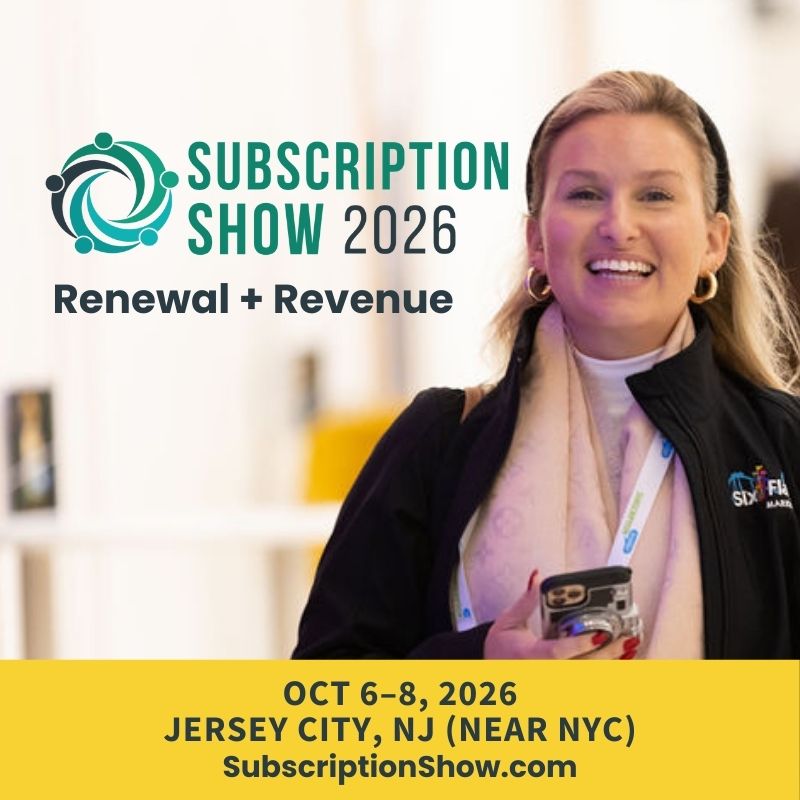
Paid Podcasts: Traditionally Free Content Steps Softly Toward Subscription
The era of the podcast began with Apple's original iPod and continues as smartphones have become ubiquitous accessories. However, while smartphone saturation has begun to peak, the popularity of podcasts continues to grow unabated. Take a look at some hard data on U.S. podcast audience size through 2017, with forecasts out to 2022:
(Source: Activate; Edison Research; PwC, via Statista) As a new medium, part of the room for growth in podcasting is simple awareness. Many consumers have not even...
HELLO!
This premium article is exclusively reserved for Subscription Insider PRO members.
Want access to premium member-only content like this article? Plus, conference discounts and other benefits? We deliver the information you need, for improved decision-making, skills, and subscription business profitability. Check out these membership options!
Learn more about Subscription Insider PRO memberships!
Already a Subscription Insider PRO Member?
Please Log-In Here!
- Filed in Research, Subscriber Only








